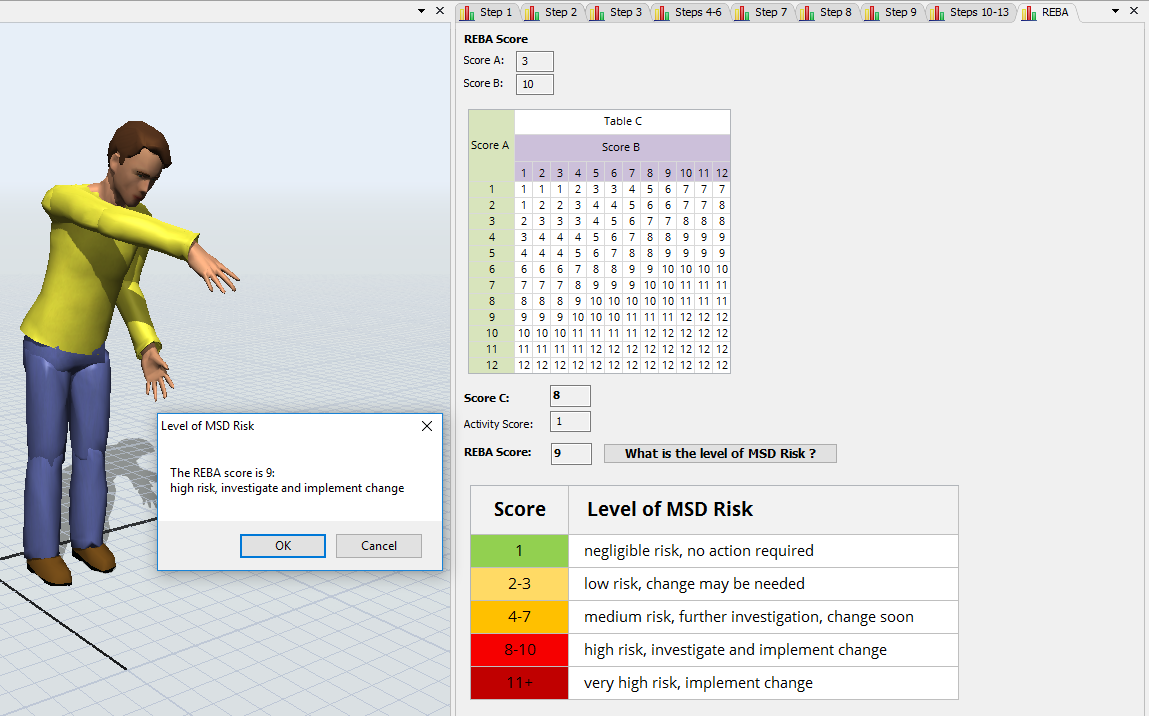The most difficult features is already done, the bone animations. Our suggestion is include a new operator, with whom users may use to study ergonomics features. One of our competitor is using the argument that their EDS package has those features implemented and our not.
1. Basic Anthropometry: incorporate anthropometric bases with male and female percentiles 5, 50 and 95 of specific populations (American, German, Brazilian, Japanese, etc.)
2. Advanced anthropometry: allow fine adjustment of the human model (ie definition of main segments) to allow the customization of the manikins according to the study population;
3. Library of Postures: to provide a bank of characteristic postures to assist in the process of postural editing and animation of the human model;
4. Qualitative Analyzes: from the anthropometry it is possible to apply simulation to some analysis used in the area, especially: The. Reach Envelope Analyzes B. Visual Field Analysis
5. Quantitative / Biomechanical Analysis:
The. Force and torque analysis; B. RULA (Rapid Upper Limb Assessment); w. NIOSH (National Institute for Occupational Safety and Health - Lifting equation); D. OWAS (Ovako Working Posture Analysing System); and. Snook & Ciriello (parameters for manual handling of loads); F. Fatigue analysis; G. Metabolic energy expenditure.
Other important information, might be the possible reports:
- Task Input Summary: Body segment angles, hand locations, hand force magnitude and direction;
- Hand forces, L5/S1 disc compression, percent capable, balance and coefficient of friction;
- Anthropometry: Anthropometric data including body segment lenghts, center of gravity and body segment weights.
- Fatigue;
- Posture;
- Joint Locations: Calculate locations of each joint;
- Joint Moments;
- Spinal Forces and Moments;
- Strenght Capabilities: For each joint articulation we should be able to get resultant moment produced by the load and body weight, muscle effect, population strength means, standard deviations, and percent of the population with the strenght capability to generate a moment larger than the resultant moment.
- Strenght Direction Vectors: Unit vectors for the directions of the strenght moments in the main reference (global) coordinate system;
- Sagittal Plane Lowback Analysis: Lower back data: L5/S1 compression and shear forces, estimated ligament strain;
- 3D Lowback Analysis;

